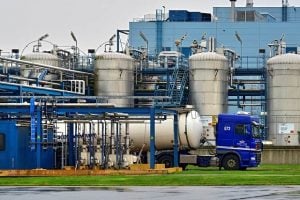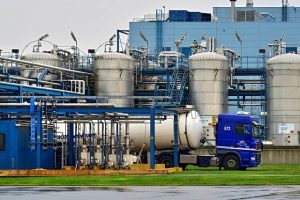Challenges for S&OP and IBP in chemical industry

In the chemical industry, the average S&OP process has a relatively high degree of maturity compared with other sectors. Nevertheless, chemical companies still face certain challenges when progressing from S&OP to IBP. We distinguish between the two as follows: S&OP is the decision-making process for ensuring the feasibility of the commercial plan, whereas IBP is about integral planning to enable the company to achieve its financial objectives. Read on for more details of three of these challenges.
Challenge 1: Alignment with the Sales & Marketing funnel
There is a lot of product innovation in the fine chemical industry. The growing focus on sustainability and the circular economy will cause rapid changes in the demand for chemical materials. This means that Marketing will have to work closely with R&D and Sales to actively fill the funnel with relevant opportunities. The ‘one number plan’ in the IBP process will then need to be fully aligned with that funnel, taking account of all the associated uncertainty. It must become a standard part of the IBP process to state assumptions and plan for uncertainties. Furthermore, the challenge is to choose the right level for the IBP forecast. A forecast at SKU level makes it almost impossible to cope with long-term uncertainties. As a result, it is often necessary to switch to making financial or other plans per product group or product-market combination.

Challenge 2: Alignment with the changing governance
Many chemical companies are involved in restructuring, mergers or acquisitions. Whenever the organizational structure changes, the S&OP/IBP set-up should be quickly adapted to reflect the new division of responsibilities. When a merger or acquisition creates a large multinational, the challenge lies in maintaining the right focus, such as by changing the organization of S&OP/IBP from a regional approach to one based on business units or product lines. Likewise, when production activities are outsourced to toll manufacturers, those new supply chain partners should become involved in the S&OP/IBP process too.
Challenge 3: Short-term planning complexity
The complexity of operational planning in the chemical industry is increasing due to more customer-specific products and product variants. Hence, offering good service and product availability for customers remains challenging. Because of the difference between the short term and the long term, it helps to keep the S&OP/IBP process strictly separate from the more operationally focused Sales & Operations Execution (S&OE) process. At the S&OE level, chemical industry operations can often benefit tremendously from effective segmentation and a corresponding service strategy as a way of reducing the planning complexity.
Are you keen to know more about S&OP and IBP experiences in the chemical or pharmaceutical industry? If so, come to our ‘S&OP in one day’ training session on Monday 15 April.


